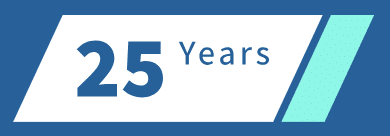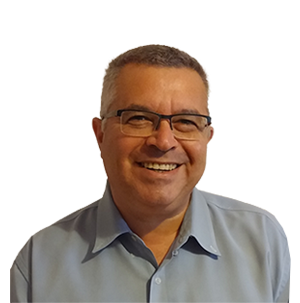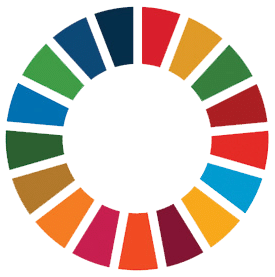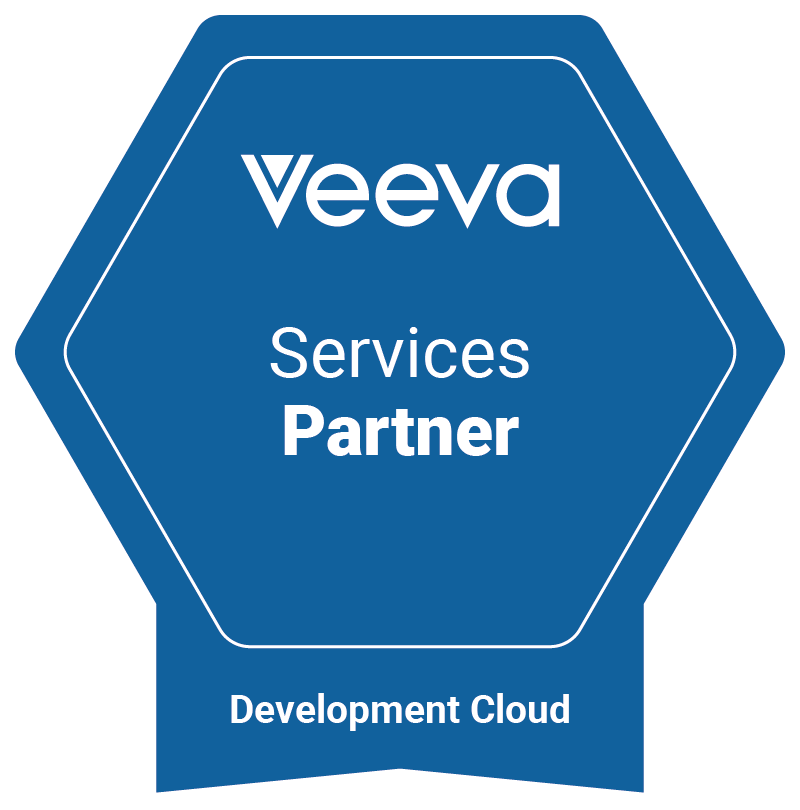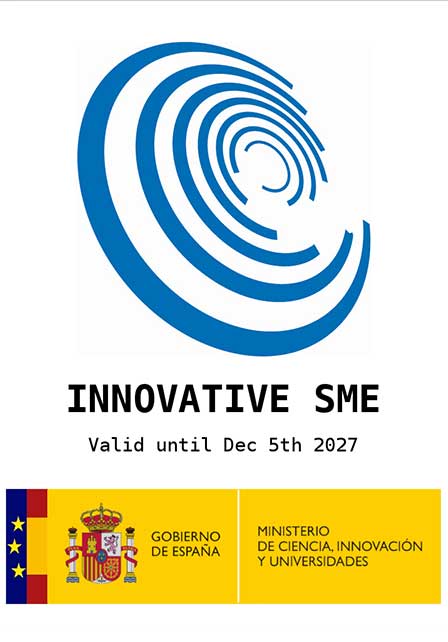Introduction
The worldwide market for medical devices is growing, and with that growth, manufacturers face a complicated mix of rules and standards they must meet. Getting their products into different markets means dealing with a variety of regulations, standards, quality demands, and cultural considerations that change from one country or region to another. These challenges can significantly impact the strategy, timeline, and cost of bringing new medical devices to the market. In this post, we will look at the particular obstacles medical device companies face when they try to get approval for their products in various markets around the world.
North America: The United States and Canada
In the United States, the Food and Drug Administration (FDA) oversees medical device regulation. The FDA’s rigorous premarket approval (PMA) process for Class III devices (those with the highest risk) requires extensive clinical trial data to demonstrate safety and efficacy. Additionally, the 510(k)-clearance process for lower-risk devices demands proof of substantial equivalence to an existing legally marketed device. The complexity of FDA regulations necessitates a strategic approach to compliance, including thorough documentation and proactive engagement with the FDA during the premarket phase.
Canada, while having a regulatory framework similar to that of the United States, operates under Health Canada. The Medical Device License (MDL) process for market authorization involves a review of safety and effectiveness evidence, which can vary significantly in complexity depending on the device’s class.
Cultural considerations in North America include a high emphasis on patient safety and a legal environment that strongly influences regulatory processes and post-market surveillance.
Europe: The European Union (EU)
The European Union presents a unique regulatory challenge due to its multi-country composition. The Medical Device Regulation (MDR) 2017/745, for instance, which replaced the Medical Devices Directive (MDD) 93/42/EEC, has significantly increased the requirements for clinical evidence and post-market surveillance. Compliance with the MDR demands a thorough understanding of the regulatory landscape and an ability to navigate the complexities of the Conformité Européenne (CE) marking process involving a Notified Body’s assessment.
Cultural considerations in Europe include diverse language requirements and varying national healthcare systems and practices, necessitating localized strategies for market entry and compliance.
Asia: China and Japan
China’s medical device market is regulated by the National Medical Products Administration (NMPA), formerly known as the CFDA. The NMPA requires rigorous clinical evaluation and testing, often necessitating local clinical trials for foreign manufacturers. Additionally, the process involves extensive documentation and a complex approval procedure, which can be time-consuming.
Cultural considerations include the importance of local partnerships and understanding the nuances of business etiquette in China.
Japan, regulated by the Pharmaceuticals and Medical Devices Agency (PMDA), has a unique “Shonin” approval process for medical devices. Japan emphasizes the use of Japanese Good Clinical Practice (J-GCP) standards for clinical trials and requires comprehensive documentation translated into Japanese.
Cultural factors in Japan include a high emphasis on quality and precision, as well as the need for meticulous documentation and communication.
Latin America: Brazil and Mexico
Regulatory frameworks in Latin American countries can be diverse. Harmonization efforts are underway through initiatives like MERCOSUR, but individual countries still retain their own regulatory bodies and requirements. Companies must be prepared to navigate these variations.
In Brazil, the National Health Surveillance Agency (ANVISA) regulates medical devices. The regulatory process includes the need for Good Manufacturing Practice (GMP) certification and local testing for certain devices.
Cultural considerations involve understanding Brazil’s complex tax system and the importance of local business relationships.
Mexico’s Federal Commission for the Protection against Sanitary Risk (COFEPRIS) oversees medical device regulation. The approval process can be expedited for devices approved in the United States or Canada, highlighting the benefit of strategic regulatory planning.
Cultural aspects in Mexico include the significance of personal relationships in business dealings and the need for proficiency in the Spanish language.
Emerging Markets
Markets in Central and Eastern Europe, the Middle East, Africa, and other regions are prepared for rapid growth as access to quality healthcare expands globally.
Cultural Considerations: Beyond Regulations
Beyond navigating regulations, cultural factors significantly impact medical device market access. Here are some key considerations:
- Healthcare Systems and Reimbursement: Understanding a region’s healthcare system and reimbursement policies is crucial. Pricing strategies may need to be adjusted to fit government or private insurance coverage models.
- Language and Communication: Effective communication with regulatory authorities and healthcare professionals is essential. Translations of technical documents and labeling into local languages are often mandatory.
- Cultural Perceptions and Needs: Cultural attitudes towards healthcare and specific medical devices can vary. Market research to understand local needs and preferences is vital.
Strategies for Success: Navigating the Maze
- Develop a Comprehensive Regulatory Strategy: Early planning and a well-defined regulatory strategy are critical. Companies should identify target markets, research specific regulations, and develop a strategic roadmap for compliance.
- Partner with Local Experts: Building partnerships with regulatory consultants and distributors with local expertise can expedite market access and ensure adherence to cultural nuances.
- Invest in Quality Management Systems: Implementing robust quality management systems that comply with international standards streamlines the regulatory process across regions.
- Embrace Continuous Learning: The regulatory landscape is constantly evolving. Companies must stay updated on changes and adapt their strategies accordingly.
Conclusion
The global landscape for medical device regulation is diverse and complex, with each region presenting its unique challenges and cultural considerations. Success in this environment requires a strategic approach that encompasses an in-depth understanding of regional regulatory frameworks, effective communication with regulatory bodies, and a sensitivity to cultural nuances. By addressing these regional regulatory challenges and cultural considerations, medical device manufacturers can navigate the complexities of global market access, ensuring their products reach patients worldwide.
